Node Hotel, Where Art and Leisure Meet
Located in the heart of Kyoto, this hotel allows travellers to discover artists from the area and talk to the local residents.
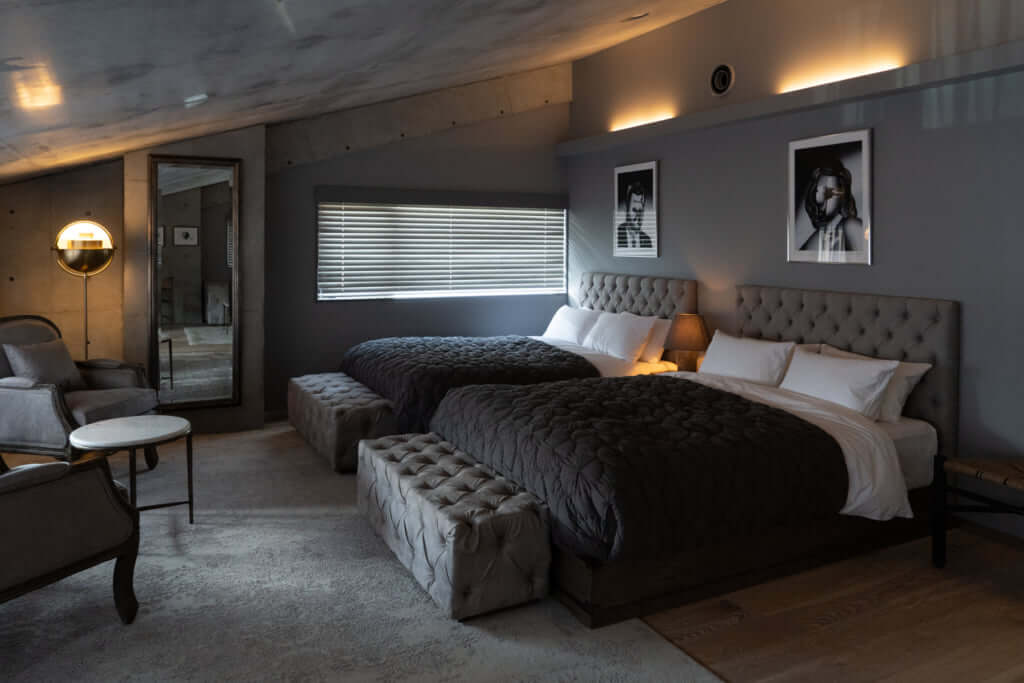
©Clémence Leleu
Modern art exhibitions, musical and gastronomic events, a pop-up fashion boutique… The vast number of hotels in the former imperial city led the creators of Node Hotel to devise a strong concept that combines luxury, culture, and a boutique escape.
‘This isn’t just a place to sleep; it’s also somewhere visitors can discover something new’, explains Akinori Kanao, one of the developers behind the project. ‘People meet the local residents and discover Japanese culture and the Kyotoite community. It’s also a good way to encourage residents to accept overseas travellers’, he continues. Node, therefore, is a hotel that forms the centre point and link between cultures, as the name suggests.
An architecture designed to showcase artworks
The hotel was designed in the image of an art collector’s residence. Each of its 25 rooms contains works by contemporary Japanese artists such as Tomoo Gokita and Haruna Kawai, as well as pieces by foreign artists, all of which have been acquired from fairs and galleries all over the world. Canvases are also displayed in the lobby, which evokes a luxurious reception room, though without being ostentatious. ‘The hotel has just opened, but I’d eventually like to change the works found on the first floor (in Japan, “first floor” designates what would be referred to as the “ground floor” in countries like the UK) regularly, four times a year, with each season’, states Akinori Kanao.
The art is enhanced by the raw architecture, designed by architect Seiichiro Takeuchi. ‘We knew that we were going to install modern works of art, so I wanted the architecture to be minimalist and raw so that everything would hang together perfectly’, explains the former partner of Japanese master Tadao Ando’s firm. Node Hotel is characterised by the omnipresence of smooth concrete, a material very dear to the latter. ‘It’s a kind of homage to him, as well as to the sophisticated techniques used in the Japanese construction industry. This technique with concrete is used by Japanese woodworkers, who are declining in number as years go by. It will be very precious in the future’, the architect explains.
The structure of the building had to respect the urban planning rules in place in Kyoto, a protected city where every new construction must adhere to a strict design specification. ‘We had to conserve the atmosphere of the urban landscape, so the building has a roof and eaves that mirror those found on traditional townhouses’, Seiichiro Takeuchi concludes.
The furniture has been sourced from all over the world. The designers favoured wood and natural materials to create a discreet decor that would showcase the works, many of which are extremely colourful and graphic.
More information on the Node Hotel is available on its website.
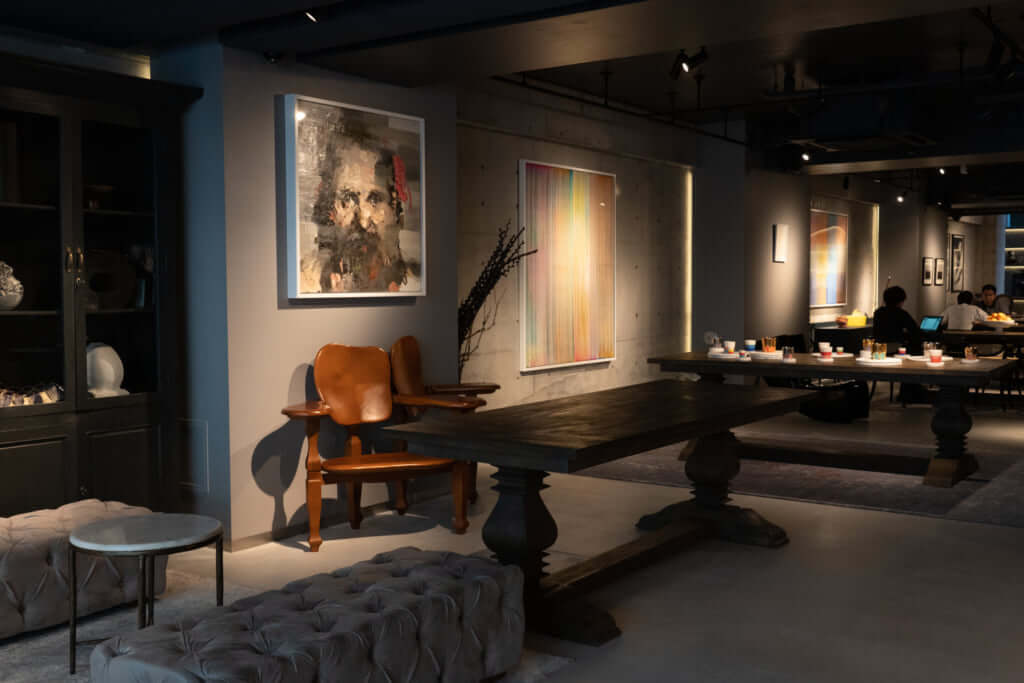
©Clémence Leleu
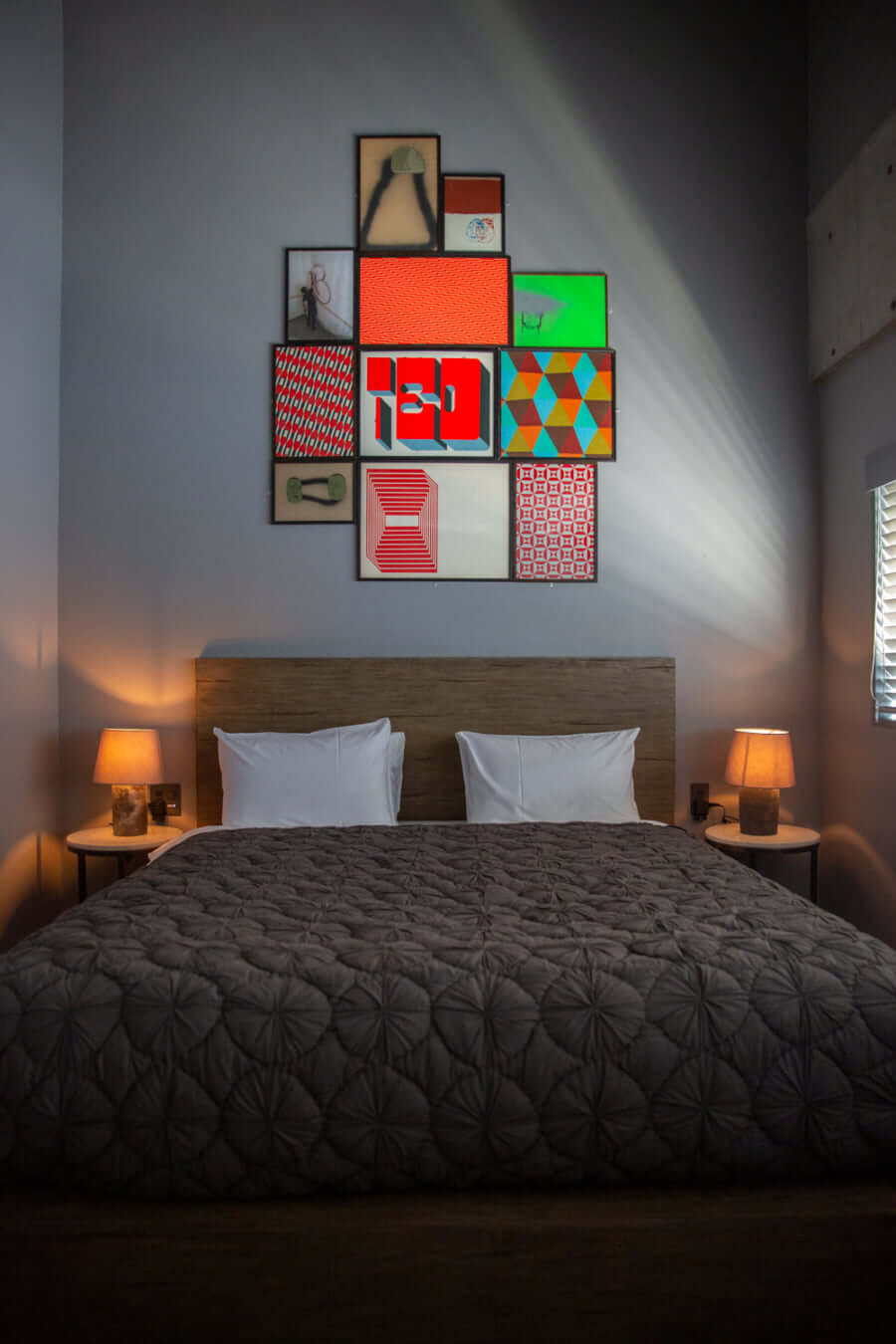
©Clémence Leleu
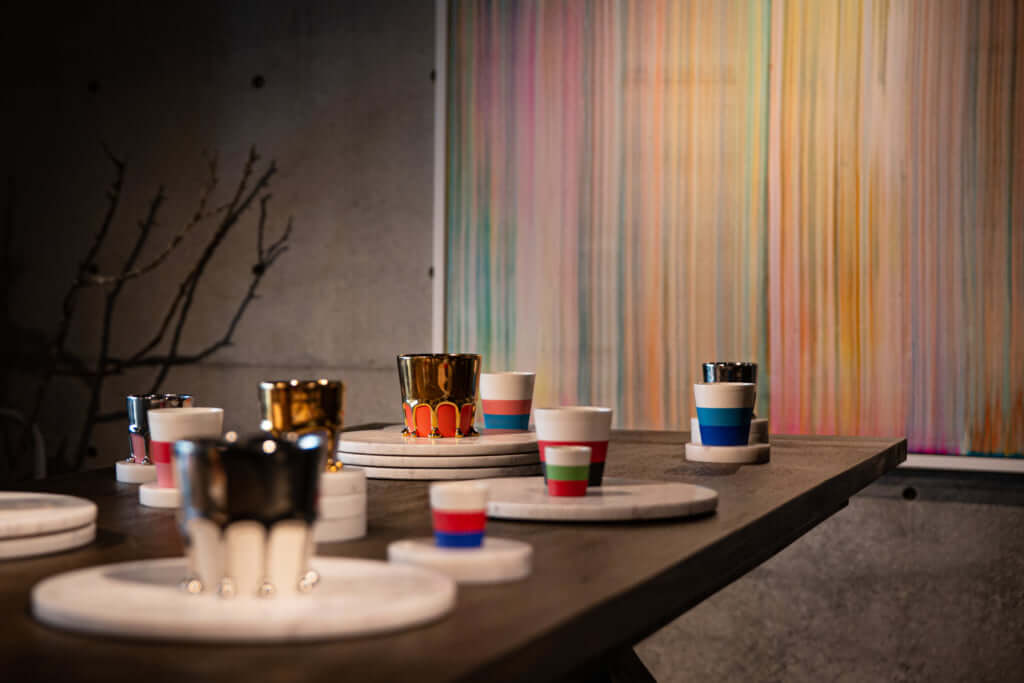
©Clémence Leleu
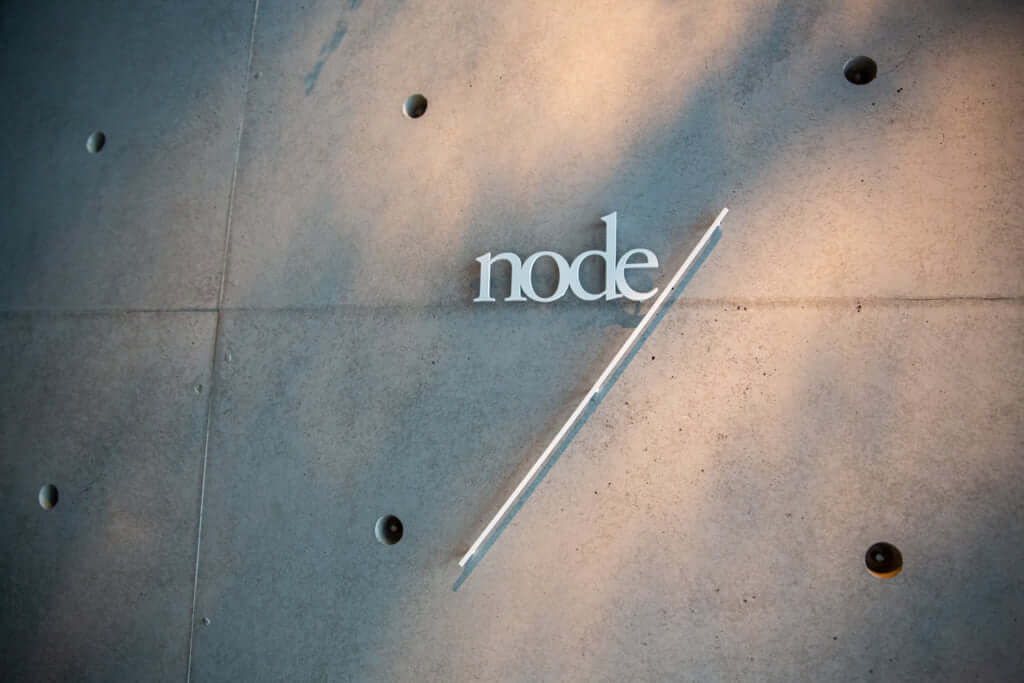
©Clémence Leleu
TRENDING
-
A House from the Taisho Era Reveals Its Secrets
While visiting an abandoned building, Hamish Campbell discovered photographs the owner had taken of the place in the 1920s.

-
The Taboo-Breaking Erotica of Toshio Saeki
The master of the 1970s Japanese avant-garde reimagined his most iconic artworks for a limited box set with silkscreen artist Fumie Taniyama.

-
With Meisa Fujishiro, Tokyo's Nudes Stand Tall
In the series 'Sketches of Tokyo', the photographer revisits the genre by bringing it face to face with the capital's architecture.

-
Masahisa Fukase's Family Portraits
In his series ‘Family’, the photographer compiles surprising photos in which he questions death, the inescapable.

-
Hajime Sorayama's Futuristic Eroticism
The illustrator is the pioneer for a form of hyperrealism that combines sensuality and technology and depicts sexualised robots.





